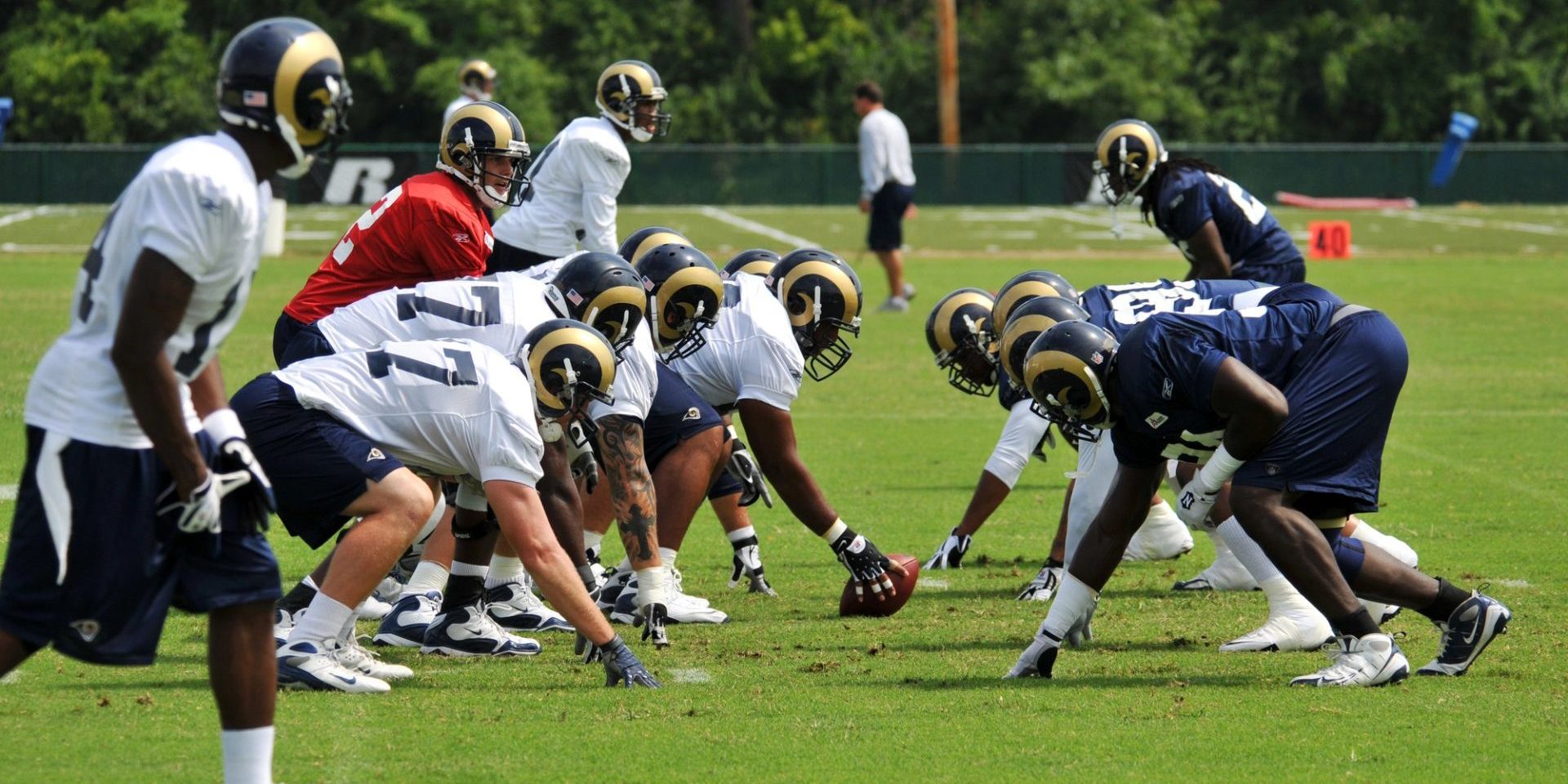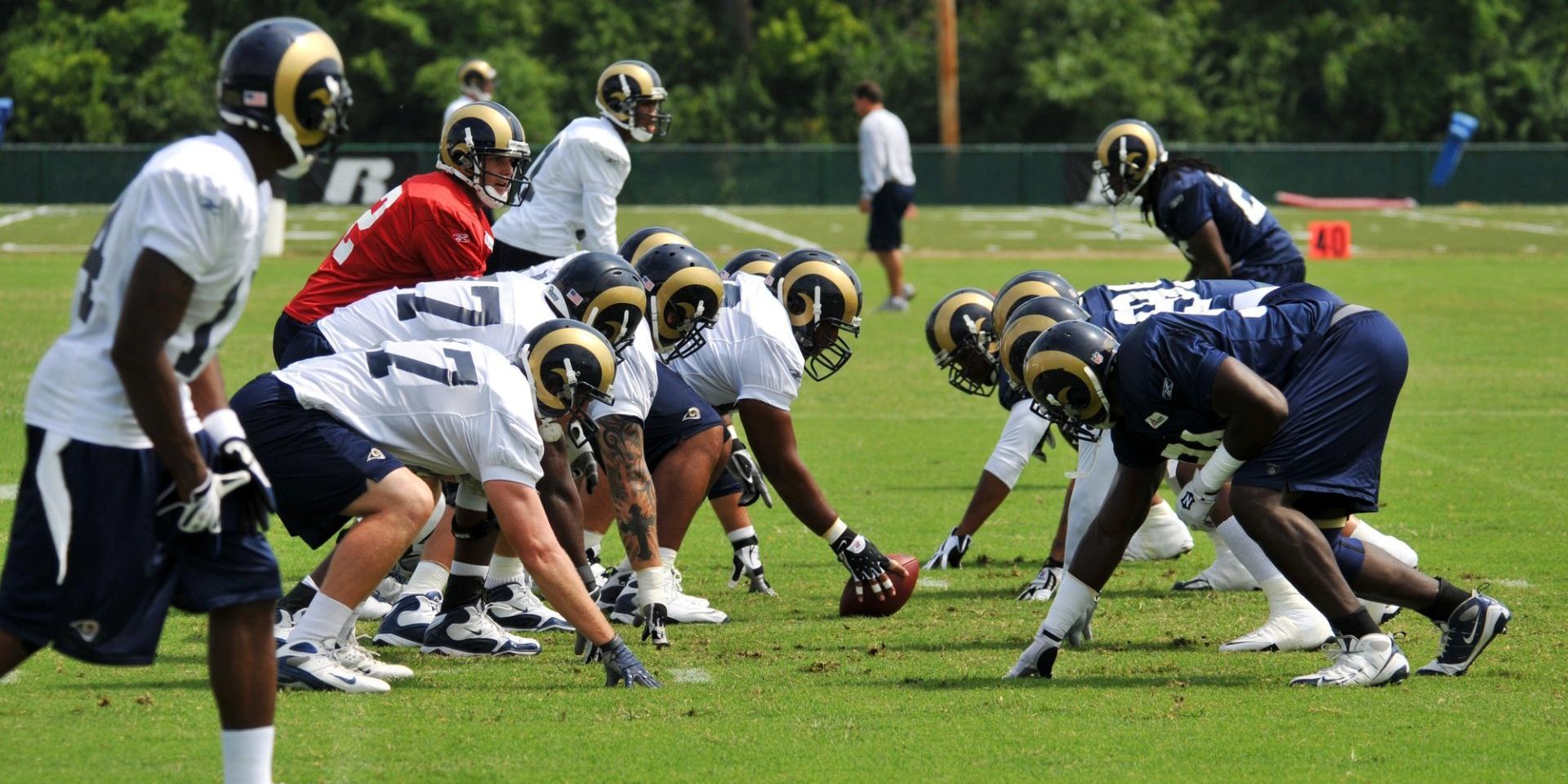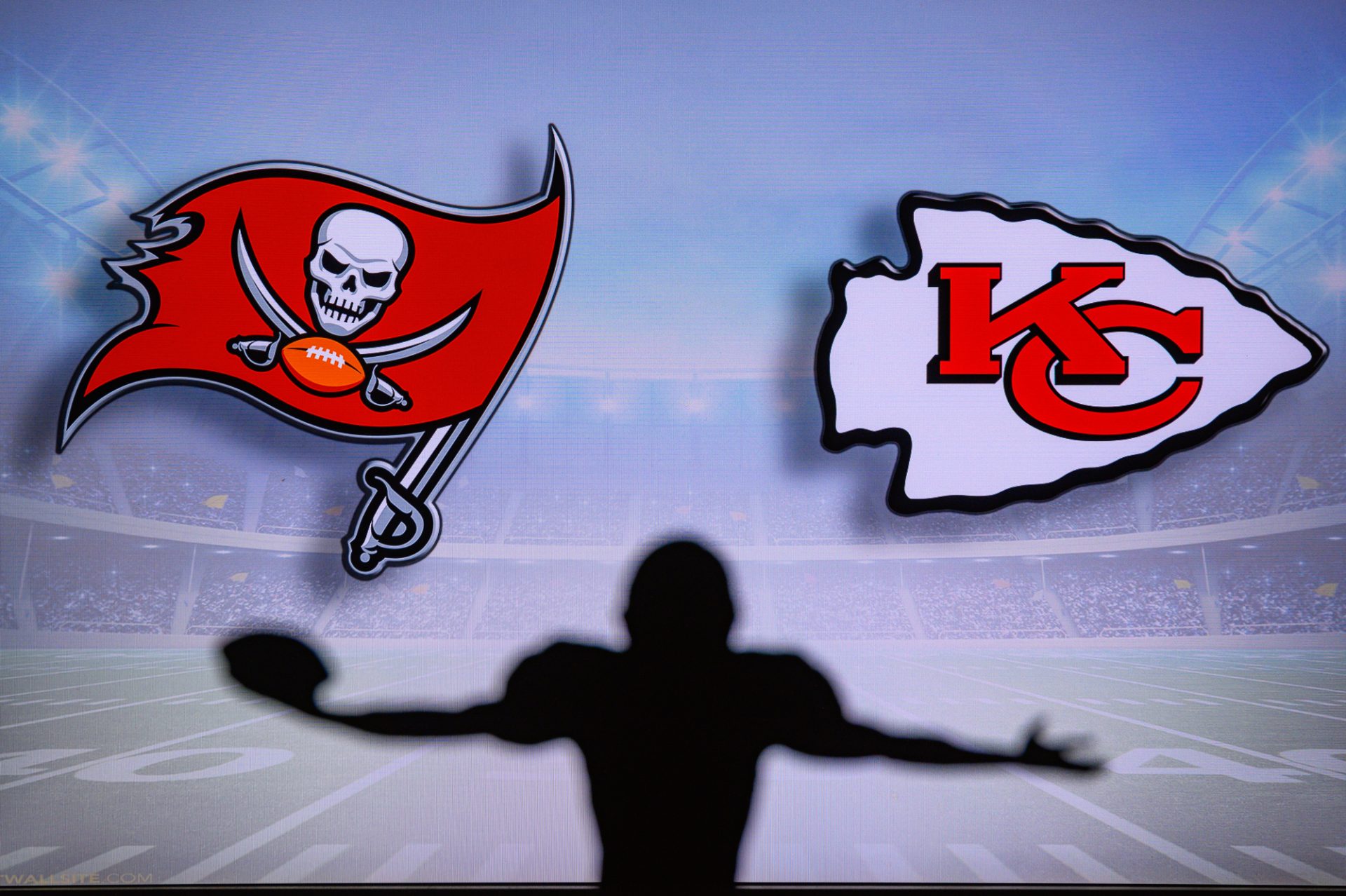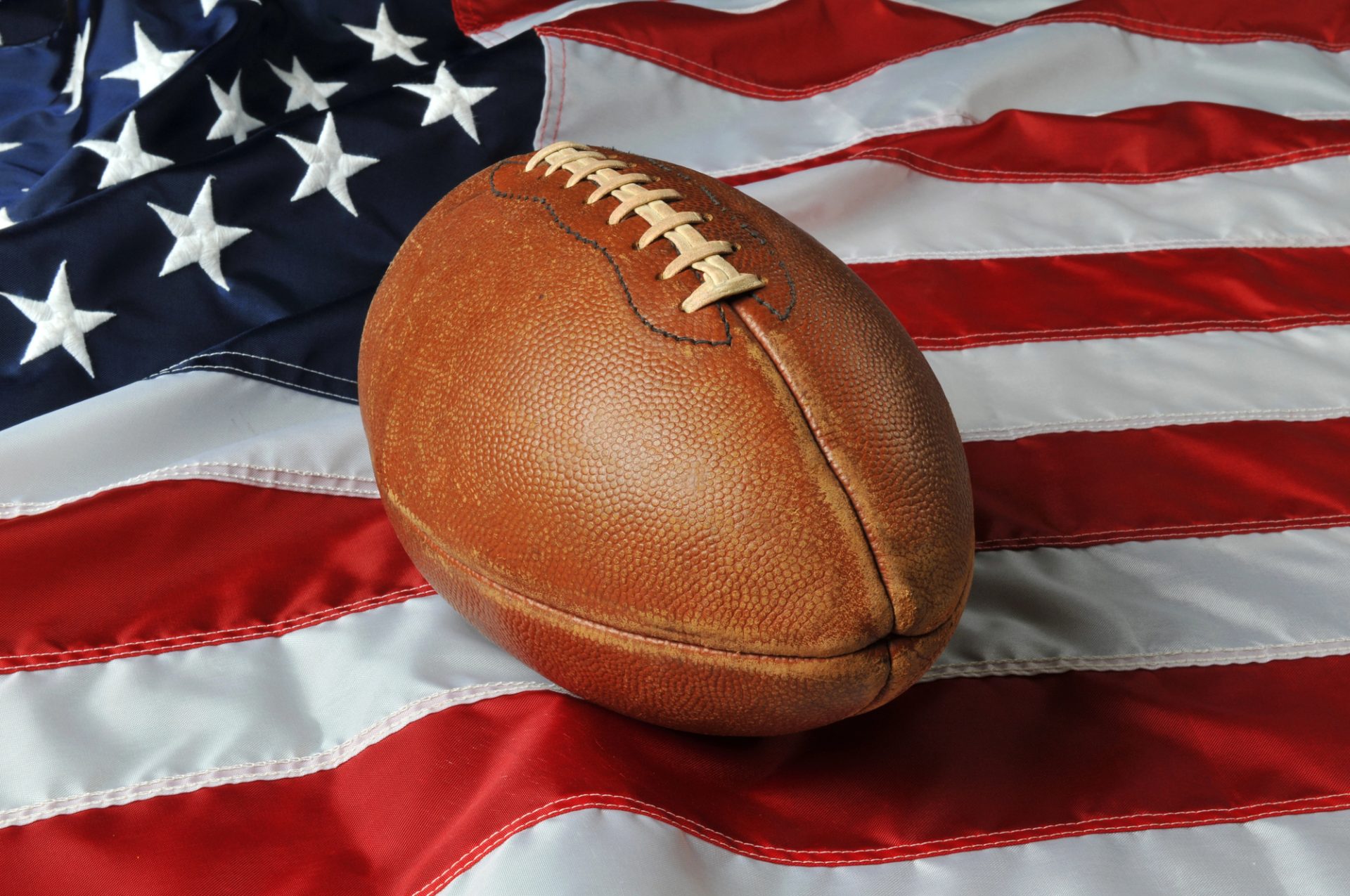How NFL Teams Build Their Rosters: A Behind-the-Scenes Look at the Draft and Free Agency


Table of Contents
NFL teams carefully construct their rosters through a combination of drafting college players and signing free agents. The annual draft allows teams to select promising young talent, while free agency provides opportunities to acquire experienced veterans. Each NFL team’s roster is limited to 53 active players during the regular season, with an additional practice squad of up to 16 players.
Building a competitive NFL roster requires balancing various factors including salary cap constraints, positional needs, and team chemistry. General managers and coaches must make difficult decisions about which players to keep, release, or attempt to sign. They analyze game film, attend college pro days, and conduct player interviews to evaluate talent.
The offseason provides a flurry of activity as teams reshape their rosters. Free agency typically begins in March, allowing teams to sign players whose contracts have expired. The NFL draft follows in April, giving teams a chance to add rookies. Throughout the process, front offices must stay within the league’s salary cap and roster size limits while assembling a group of players they believe can compete for a championship.
The Structure of the NFL Draft
The NFL Draft is a complex process that shapes team rosters. It involves a series of events and strategies teams use to select new talent.
Understanding the Draft Process
The NFL Draft spans three days each spring. The first round takes place on Thursday evening, with rounds 2-3 on Friday and rounds 4-7 on Saturday. Each team receives one pick per round, totaling 32 selections in the first round.
Teams choose in reverse order of their previous season’s record. The worst-performing team picks first, while the Super Bowl champion selects last. This system aims to promote competitive balance.
Draft picks can be traded between teams, altering the selection order. Compensatory picks may be awarded to teams that lost significant free agents, adding to the standard 256 selections.
Key Events Leading to the Draft
The NFL Scouting Combine is a crucial pre-draft event. Top college prospects showcase their skills through physical and mental tests. Teams use this opportunity to evaluate players’ strengths and weaknesses.
Pro Days at college campuses allow scouts to observe players in familiar environments. These events supplement Combine data and give lesser-known prospects a chance to impress.
Teams conduct extensive college scouting throughout the year. Scouts attend games, analyze film, and gather information on potential draftees. This research helps teams build their draft boards, ranking players based on talent and team needs.
Free Agency Dynamics
Free agency plays a crucial role in shaping NFL team rosters. Teams evaluate their needs and financial constraints while pursuing available players to strengthen their squads.
Assessing Team Needs and Salary Cap
NFL teams analyze their roster gaps and financial situation before entering free agency. They identify positions that require improvement and determine how much they can spend on new players.
The salary cap sets limits on team spending. General managers must balance acquiring talent with staying under the cap. Some teams create cap space by restructuring contracts or releasing high-priced veterans.
Projecting future cap implications is key. Teams consider how new signings will affect their long-term financial flexibility. They aim to avoid overpaying for short-term gains at the expense of future roster building.
Strategies for Player Acquisition
Teams employ various approaches to free agency. Some aggressively pursue top-tier free agents to fill major needs. Others focus on value signings to add depth.
The franchise tag gives teams the option to retain one key player. This prevents them from hitting the open market but comes at a high one-year cost.
Negotiations involve balancing player demands with team budgets. Agents push for maximum value, while teams try to structure deals favorably. Contract length, guaranteed money, and incentives are key factors.
Some teams prioritize re-signing their own free agents. This maintains continuity and rewards players who fit the system. Others look to poach talent from rivals to weaken opponents while strengthening themselves.
Player Evaluation and Selection
NFL teams employ rigorous processes to assess potential draft picks and free agents. These methods combine traditional scouting with advanced data analysis to identify the best talent for their rosters.
The Role of Scouting
Scouts play a crucial part in player evaluation. They attend college games, pro days, and combine events to assess prospects firsthand. Scouts examine physical attributes like height, weight, and speed. They also evaluate intangible qualities such as competitiveness and leadership.
A typical scouting report includes detailed observations on a player’s strengths and weaknesses. It covers technical skills, athletic ability, and football IQ. Scouts grade players on various traits specific to their position.
Teams often send multiple scouts to evaluate top prospects. This helps create a more comprehensive picture of each player’s potential.
Analyzing Player Performance Data
Data analysis has become an integral part of player evaluation. Teams use advanced metrics to gain deeper insights into player performance and potential.
NFL teams leverage data from various sources, including:
- Combine results (e.g., 40-yard dash times)
- Game statistics
- Pro Football Focus grades
- GPS tracking data
Analytics teams process this information to identify trends and predict future success. They may use machine learning algorithms to compare prospects to current NFL players.
Some teams also incorporate cognitive assessments to evaluate a player’s decision-making skills and mental processing speed.
Inside the War Room
The NFL draft war room is a hub of intense activity and strategic decision-making. Teams gather key personnel to evaluate prospects, make selections, and negotiate trades in real-time as the draft unfolds.
Decision Making on Draft Day
The draft board dominates the war room, displaying player rankings and team needs. General managers, coaches, and scouts huddle to discuss options as each pick approaches. They analyze data, watch film, and debate the merits of different prospects.
When a team is on the clock, the pressure intensifies. Phone lines buzz with potential trade offers. The general manager weighs input from staff before making the final call. A runner then rushes the pick to league officials.
Unexpected developments can force quick adjustments. If a coveted player is taken earlier, teams may need to pivot to their next option or trade down for additional picks.
Negotiating Trades and Picks
Trade discussions heat up as draft day progresses. Teams looking to move up or down the board engage in rapid negotiations. General managers calculate the value of picks using trade charts to shape fair deals.
Phone lines connect war rooms across the league. When a potential trade emerges, staff members crunch numbers and evaluate how the move impacts their draft strategy. Time is limited, so decisions must be made swiftly.
Some trades are planned in advance, while others happen on the fly as opportunities arise. Teams must stay flexible and be prepared to act when the right deal presents itself.
GMs also field calls about veteran players, as draft day often sparks broader trade discussions that can reshape rosters beyond just adding rookies.
Image courtesy Deposit Photos.





